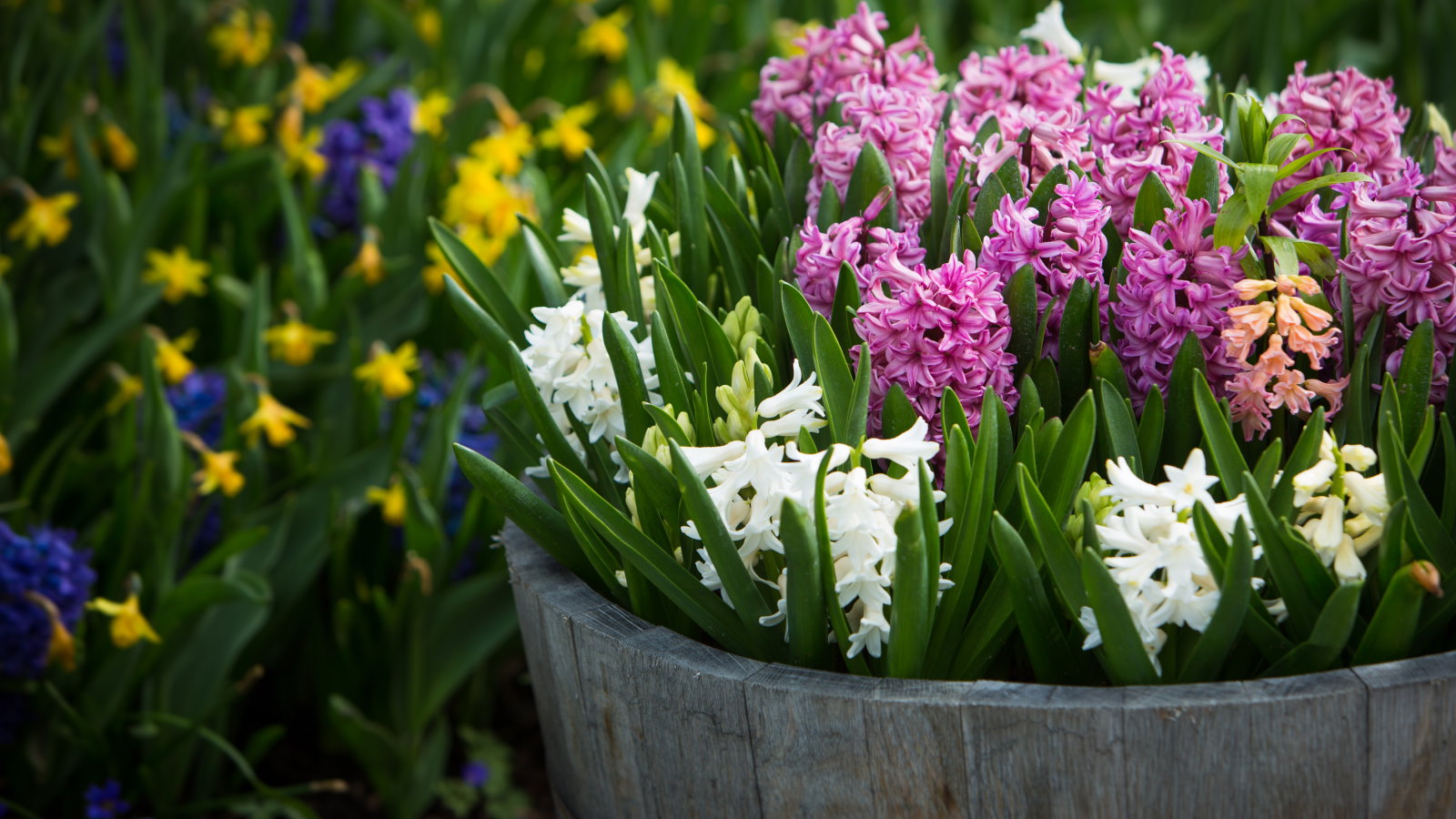
The time comes every late summer or early fall when attention turns to buying spring bulbs to provide those beautiful and inspirational early blooms next year. The catalogues and websites are packed with bulbs of all sizes, shapes, colors, and textures to tantalize gardeners and persuade them to add them to their gardens.
There will be thousands of potential spring bulbs to choose between, from classic favorites to new varieties. While it may be exciting, it can also be fraught with potential banana skins. The sheer range of choices means it can be easy to make impulsive decisions that don’t always turn out as originally intended.
With planning and careful selection, you can craft a glorious and long-flowering display of bulbs. Having planted bulbs in large quantities for displays in public gardens over the years, I have identified some key points to consider to aid you in being selective when ordering bulbs.
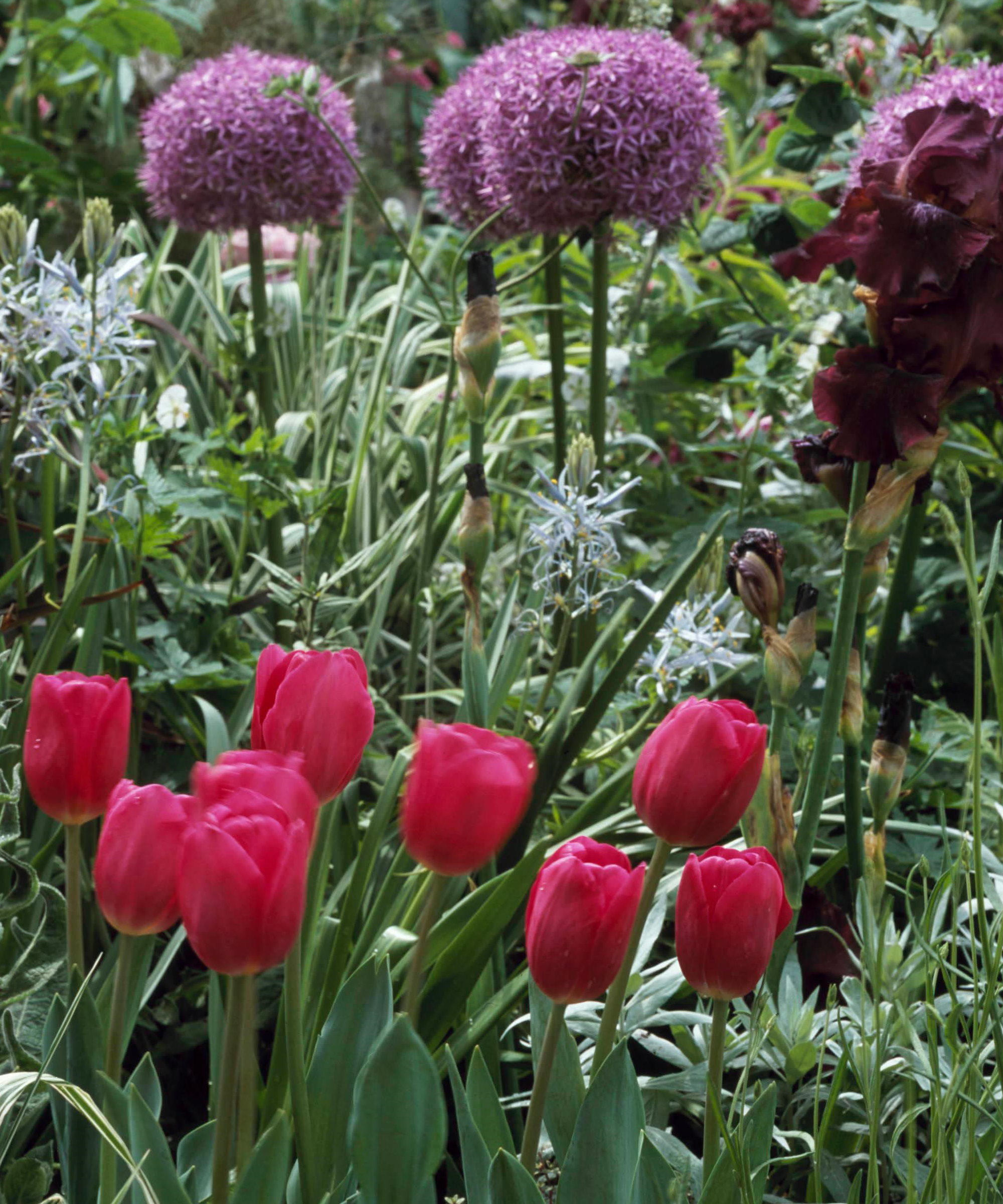
6 tips to help you order bulbs
If you order bulbs online, or in garden centers or nurseries, the temptation to buy everything can be hard to resist. However, it does pay to put some thought into ordering flower bulbs. Here are some tips I picked up as a professional gardener that may help you when putting together a spring bulb order.
1. Pick bulbs to suit the space

There is a huge selection of spring bulbs to plant in fall, including the ever-popular snowdrops, daffodils, tulips, hyacinths, and many more. It can be easy to get carried away, but any backyard ideas for bulb planting will be dictated by the space you have.
The size and light levels will impact ordering flower bulbs - make sure that bulbs are ideal for the conditions and that any numbers are suitable for the size of the space. Packing bulbs together, planting them in sodden areas, or putting sun-loving bulbs in shadier spots will impact their growth and potential blooms.
Consider the size of your borders and the topography of your space to pick blooms that will work fabulously. If you are short of space or do container gardening, there are still many options, including planting miniature bulbs and dwarf varieties of alliums, hyacinths, and snowdrops.
2. Consider the style of planting
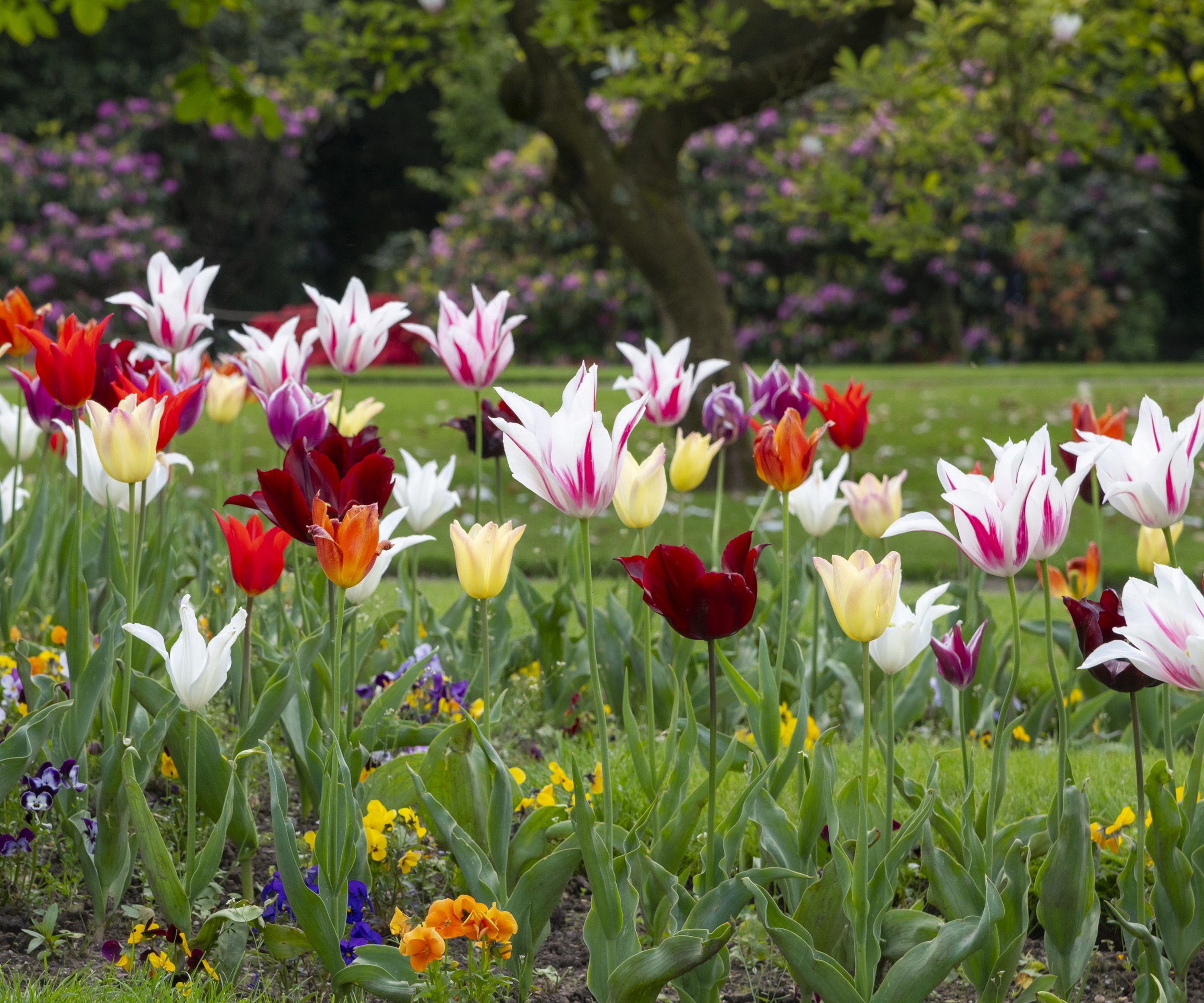
What do you want to achieve through your bulb planting? There may be set ideas in mind, or inspiration picked up from social media or magazines. Bulbs can fit into many garden styles and the look and feel of your yard, along with your aspirations, will affect the type and number of bulbs you order.
Spring bulbs are often planted in flower beds and borders to create a cottage garden feel. Bulbs can be planted in drifts or swathes through the border. Alternatively, bulbs can be planted in blocks for a dramatic effect. Or bulbs can be planted in lawns.
Typically, bulbs are planted in groups together for the best effect and the smaller the bulb the more are needed to make a dramatic display. As bulbs are often planted in groups of 3-6 or more, and you may need between five and 15 per square foot to make an impact, depending on the size of the bulb, the amount you need to order can add up.
I worked in a historic garden where we planted an intricate display of over 4,500 hyacinths, daffodils, and tulips. The bulbs were packed together around 4-6 inches apart. While this is not a typical backyard bulb-planting scheme, it was a fantastic annual display. To achieve a similar feel at home, plant mass clumps of two or three colors of bulbs throughout beds or borders.
A selection of the best naturalizing daffodil bulb varieties to enjoy a display for many years to come. Economical bulb sizes make mass planting easier.
3. Mix up the blooming times
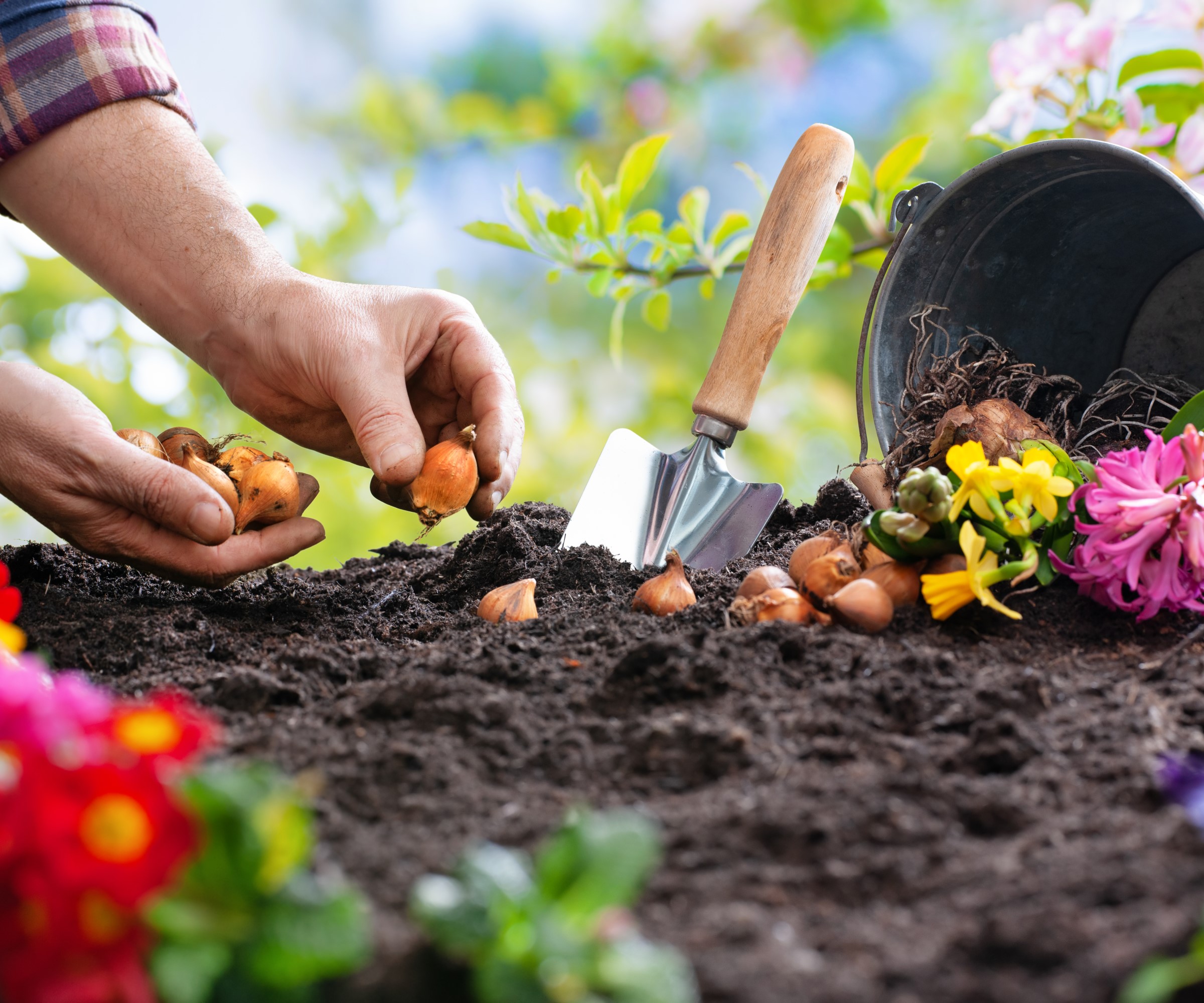
The different kinds of spring bulbs to plant mean you can mix and match to give yourself a long season of flowers and color to enjoy. This display can start in February and dazzle through to the early summer, though the exact time will depend on your climate and US hardiness zone.
For example, a long display can start with snowdrops, early crocuses and winter aconites, followed by daffodils, hyacinths, fritillaries and tulips. The season can end with alliums and camassias.
If you are ordering daffodils or tulips, select early, mid, and late types so you can enjoy their blooms for as long as possible. You can have a long blooming display both in smaller borders and pots by lasagna planting your bulbs in layers, where the larger and later bulbs are planted underneath earlier, smaller ones, so they flower in succession for a long-lasting effect.
A mix of eight brand-new daffodil varieties, some early blooming, some mid blooming and some late blooming. These varieties are long-lasting and have big trumpet blooms.
4. Combine bulbs for a great mash-up
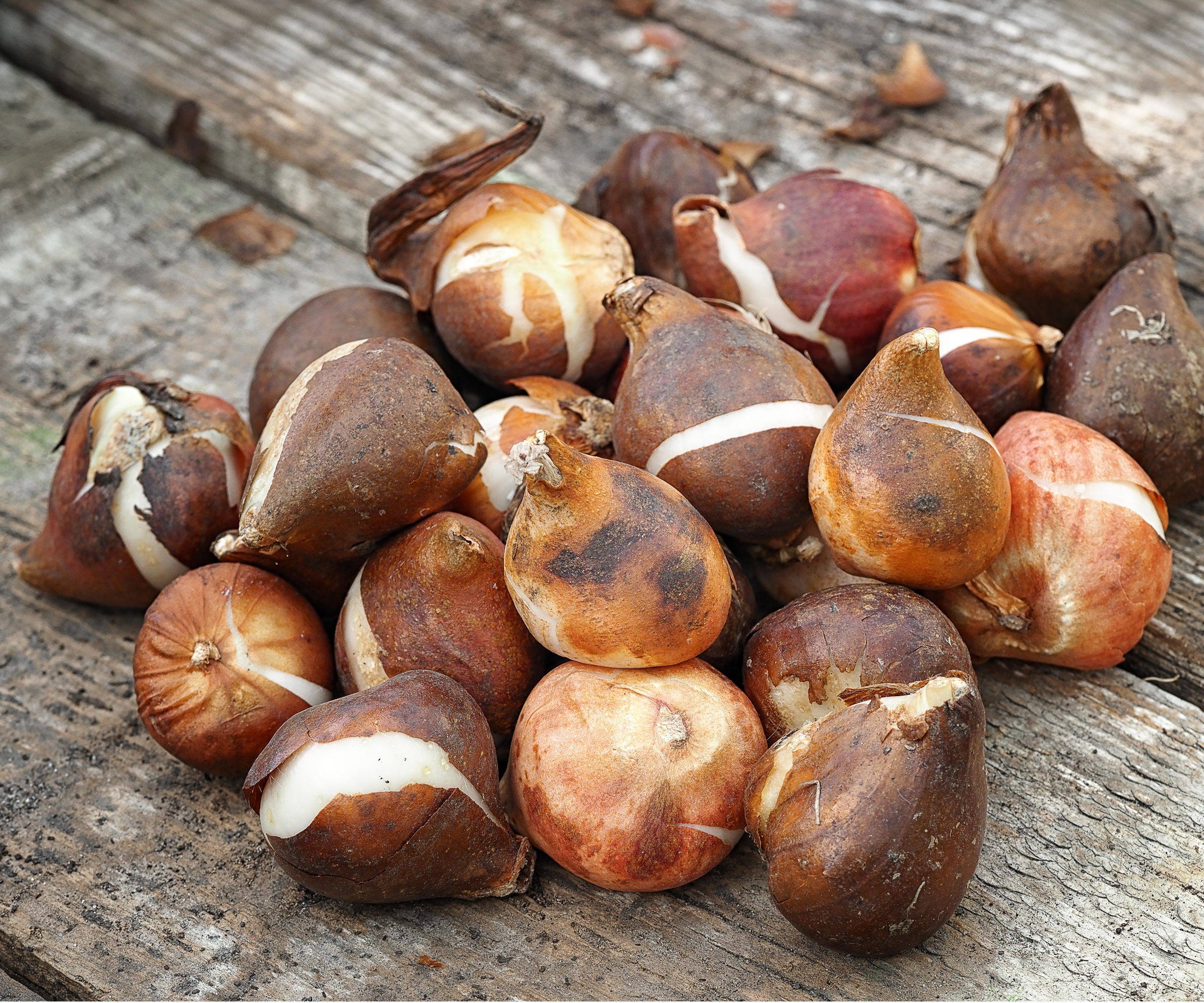
Height, color, and texture, there is such a choice when it comes to bulbs. It is not just the flowers, there are also bulbs with variegated foliage to consider. There are many opportunities to combine bulbs for a beautiful effect. While it is always sensible to put taller bulbs towards the back of borders and shorter ones front and center so they can be enjoyed, the sheer amount of options does allow for lots of creativity.
There are lots of distinctive varieties of classic spring bulbs. For example, there is narcissus in different colors and with various styles of their distinctive trumpet, tulip types that have ruffled petals or peony-like blooms - such as the Double Surprise tulip, available at Nature Hills - and allium varieties that can feature large soccer-ball-sized blooms or stems towering at four feet high.
It is your space and your choice. You can go for a complementary yellow and purple color combination that can be achieved with daffodils and alliums, with both coming in various shades. Or, for something a little bit different, darker-coloured varieties of tulips and hyacinths can make a dramatic effect either planted together or combined with bright pops of color courtesy of pink or white bulbs.
5. Mix annual and perennial bulbs

Many popular spring bulbs are perennials, including daffodils, alliums, crocus, camassia, and irises. Planting these allows you to enjoy their blooms for years, especially as they will multiply over time.
Tulips and hyacinths are treated as annuals by growers. They put on a great show in the first year, though there are no guarantees for repeat displays in future years. When I worked as a professional gardener, those two plants were always re-ordered and replanted annually to guarantee a great display of blooms for visitors to enjoy.
When you order bulbs each year, it may not be necessary to spend money on annually planting perennial bulbs in the fall. Keep a close eye on their performance to see if they are waning, or if there are gaps you’d ideally fill with more perennial bulbs. However, be prepared to order annual bulbs each year to be confident you’ll get the display you want.
A unique mix that includes 100 tulips, all different. Including singles, doubles, parrots, fringed, tall, and short tulips that bloom in early, mid or late spring.
6. Buy from a reputable supplier
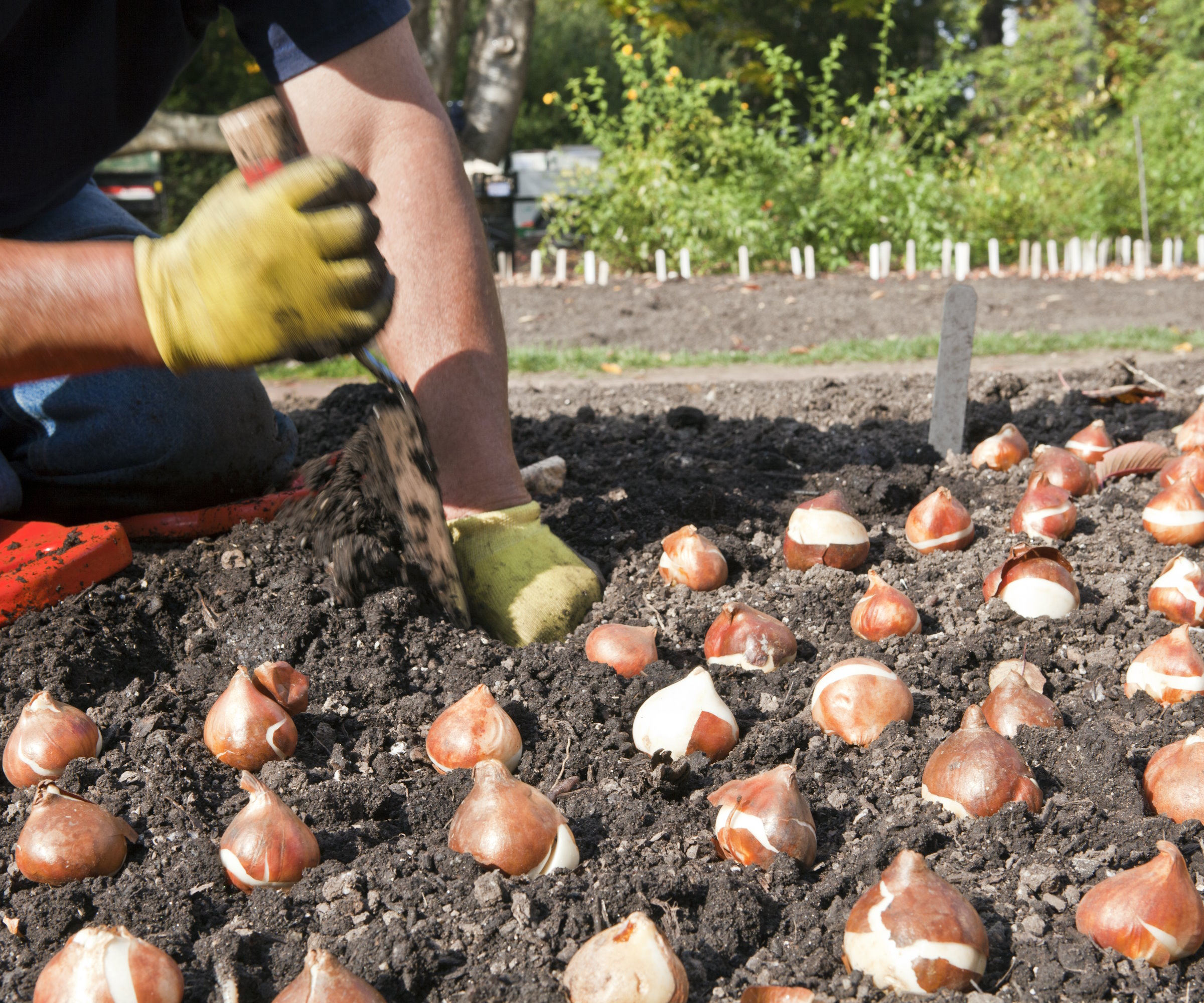
To help you plan your displays and get inspired, you can look widely at magazines, websites, and social media. However, when it comes to actually ordering your bulbs, always shop with a reputable supplier. A single retailer may not have all the bulbs you want, especially if you are after some more unique varieties, but there is nothing wrong with shopping around and getting bulbs from multiple suppliers.
The important fact is that reputable suppliers will send out large and healthy bulbs. While cheap bulbs may be tempting, there is always the risk of getting small and poor-quality bulbs - with these there is less guarantee of a strong display, or the bulbs may not bloom at all. Large and established suppliers will also have certified disease-free bulbs, eliminating any risk of introducing issues into your backyard.
FAQs
When should I buy garden bulbs?
Spring bulbs are bought in late summer and early fall, to plant from September to November. Plant bulbs in pots at the same time as they are planted in the ground. You can plant bulbs as late as January, however, there is no guarantee of a spring display and any blooms will be later than bulbs planted in the fall. Summer bulbs are best purchased in spring to plant once the frosts have ended and the weather has warmed.
Store bulbs somewhere cool, dry, and well-ventilated after receiving them to ensure they remain in the best condition ready for planting. Open the packing boxes to allow air circulation around the bulbs to prevent rotting and ensure they are well away from mice or other rodents that may munch on the bulbs.







